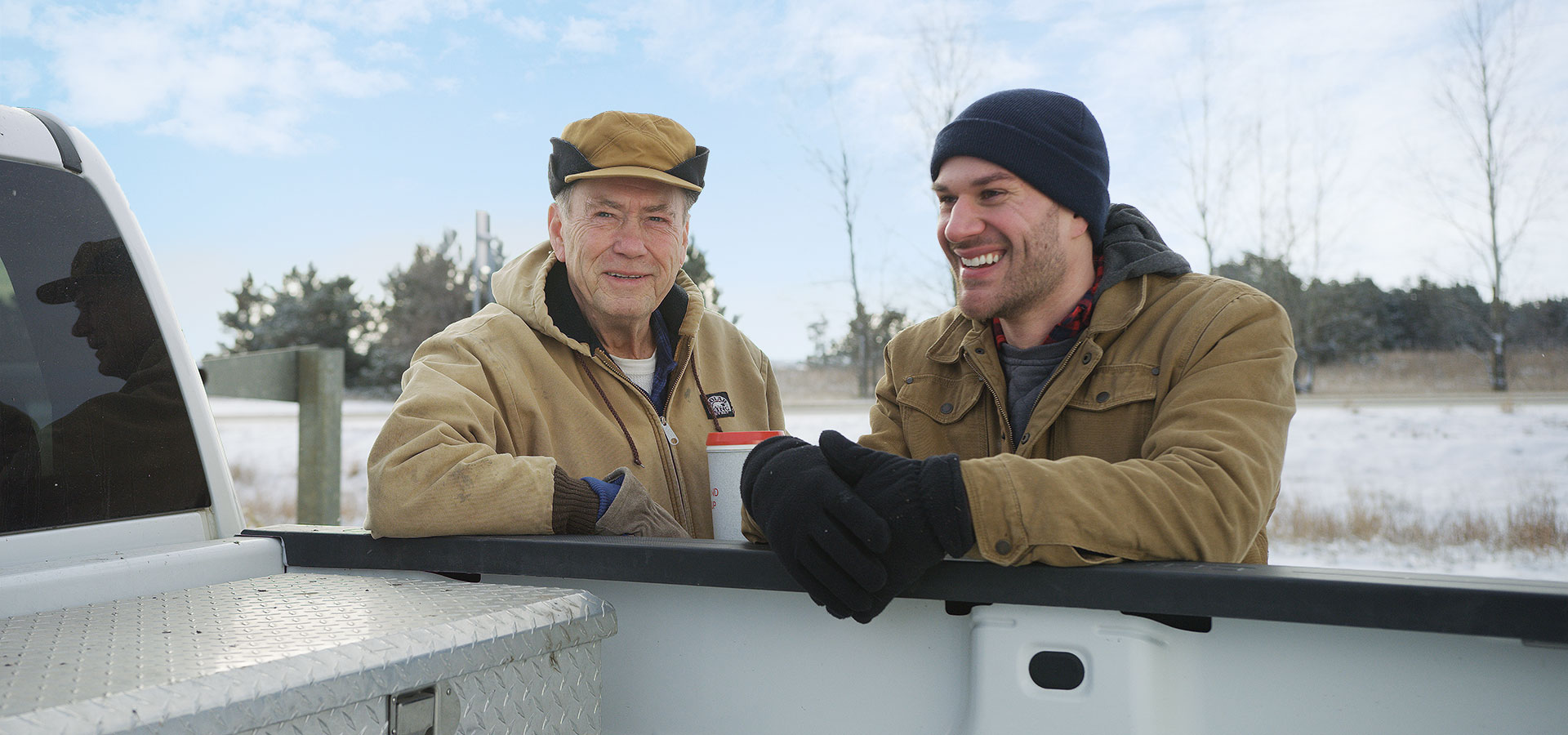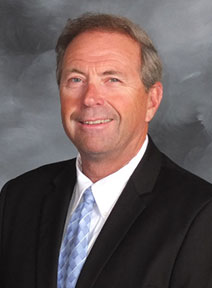
It is often said that it is harder to get out of farming and ranching than it is to get in. There are financial issues, maybe debt to take care of, emotional challenges and for many of us, the topic of this article - how to control the tax bill. In a perfect world, a plan should be started three to five years before retirement. Most of us don’t live in a perfect world so we often have a year or two to get a plan in place. However, the challenges are universal—tax deductions are significantly reduced in the final year and most machinery is fully depreciated. So, what can I do to cut my tax bill?
Because of space limitations, this article will not be an exhaustive review of all the tools available for tax control. We encourage you to work with your tax person as each operation and each state is different. We are going to cover some tools that we discuss with each farm as they contemplate retirement.
Filling up the brackets
No one wants to pay any more tax than necessary. However, with the “filling up the brackets” strategy we try to stop kicking the can down the road by starting to sell higher amounts of grain and cattle three to five years before retiring. The current federal tax structure has seven tax brackets with rates at 10% on the low end to 37% on the high end. As you progressively move up the brackets, the next dollar is taxed at a higher rate. For example: A married couple filing jointly in 2020, once income exceeds $80,251, the next dollar moves from being taxed at 12% to being taxed at 22%. Then, at $171,050 of income, the next dollar goes from being taxed at 22% to being taxed at 24%. As you work with your tax professional, keep an eye on your blended rate. The blended rate is the average of all rates. Often-times we get hung up on moving into the higher bracket. The blended rate is your true rate of tax.
Deferring income into future years
If you trust your elevator this idea works to spread income over two or more years. This allows you to manage the brackets discussed above to your advantage. We often use this idea in conjunction with a retirement plan. With the recent changes in Washington, we need to watch what is being proposed for any kind of changes to the tax laws.
Use of a retirement plans
For most producers in the final year, the traditional tools used to control taxes - which usually consists of inputs, repairs, insurance and purchases - are not there. But, the income from the current year (and maybe last year) is still there. Retirement plans can be useful tools to help keep income in the lower tax brackets. The most effective retirement plan is a Defined Benefit Pension plan. Unlike IRAs and 401(k)s where contribution limits are set by law, pension contributions are calculated based on a number of factors such as your age, interest rates, income and gender. Contribution amounts can get quite large ranging from $60,000 per year on the low end to as high as $400,000 per year on the high end. Most pension plans need to be in place for a minimum of three years. We often use a pension when grain is sold and payments are deferred over a year or two. Pensions can also be effective tax control tools in the year of the auction.
In addition, a 401(k) can be used either in conjunction with a pension or on its own. Contribution amounts are set each year by the Internal Revenue Service. For 2020, if you are age 50 or over you can contribute up to $63,500 per year. We add 401(k)s when we need contribution flexibility because contributions to a 401(k) are not required each year.
Both plans essentially “replace” your traditional tax deductions. And so, the rationale for the use of a retirement plan is to keep you from creeping into higher brackets. The added benefit is that now there is another source of retirement income. If you have employees, be sure to work with someone who knows the rules for employee participation.
Leasing Depreciated Assets
Most of you have a lot of deferred tax liability in the form of machinery and equipment, the bin site and buildings. When there is a successor, or if you are maybe selling assets to a neighbor, there is often the temptation to sell over time - especially when selling to farming children. Here you will run into what are called the Installment Sale tax rules. Installment Sale tax rules require that all of the taxes on depreciated assets be paid in the first year of the sale. The work-around for this is to set up an Operating Lease. If the lease is structured correctly, then only the lease payment received each year is taxed. This can be an effective way to transition your bin site and machinery and provide additional income in retirement. This idea works especially well if the senior farmer has debt to pay off as they enter retirement.
Charitable Remainder Trust (CRT)
Assets that are placed into a Charitable Remainder Trust can be sold tax free. The profile for a good CRT candidate is someone who wants to control taxes for auction or land sale proceeds, or wants to maximize retirement income and is charitably inclined. Here again, there are many rules to keep in mind. First off, the charity must meet IRS requirements as an approved charity. Additionally, the trust must pay out to you (the grantor) a minimum of 5% of the original balance but cannot exceed 50% of the original balance. You can set the trust up to pay you a variable rate of income each year (called a Uni-Trust) or a fixed rate of income (called an Annuity Trust). The trust must also pay at least 10% of its original value to the charity when the trust terminates and so the combination of the age of the grantors and the withdrawal rate needs to be considered at the inception of the trust. The CRT cannot last any longer than 20 years.
The primary advantages of the CRT are that the assets are sold tax free, and as such, there is a higher amount of money that can be invested and thus produce a higher level of income than if the assets were sold and taxed outside of the trust. A CRT is not for everyone, but it can be an effective way to handle the proceeds from an auction sale or maybe a land sale and still benefit you.
Conclusion
As you can see there are many tools to help control the tax bill as you enter retirement. Generally speaking, the plan is not to retire tax free but to retire with a smart tax plan that preserves as much of your life’s work as we can. As suggested earlier, be sure to work with your tax person early and often. And, enjoy retirement!



